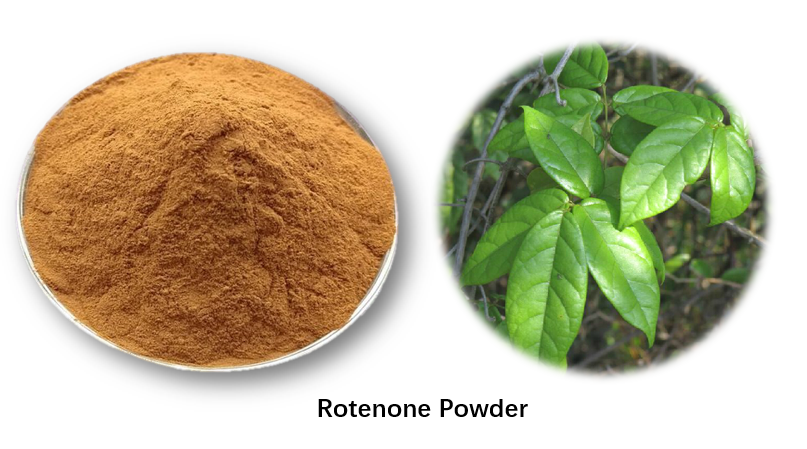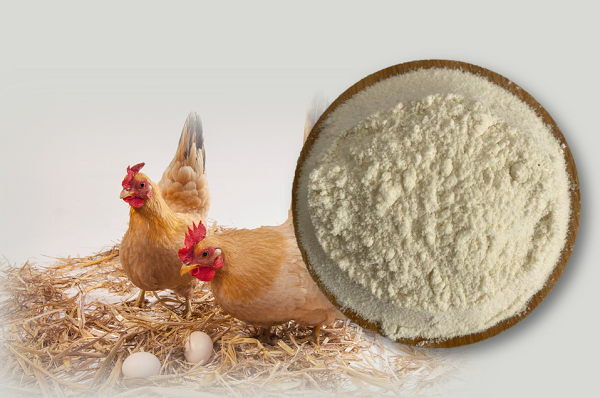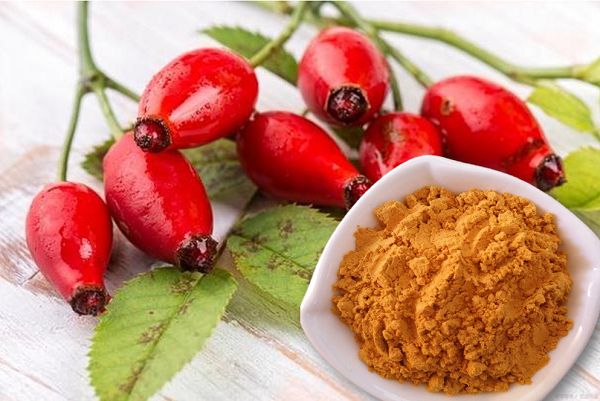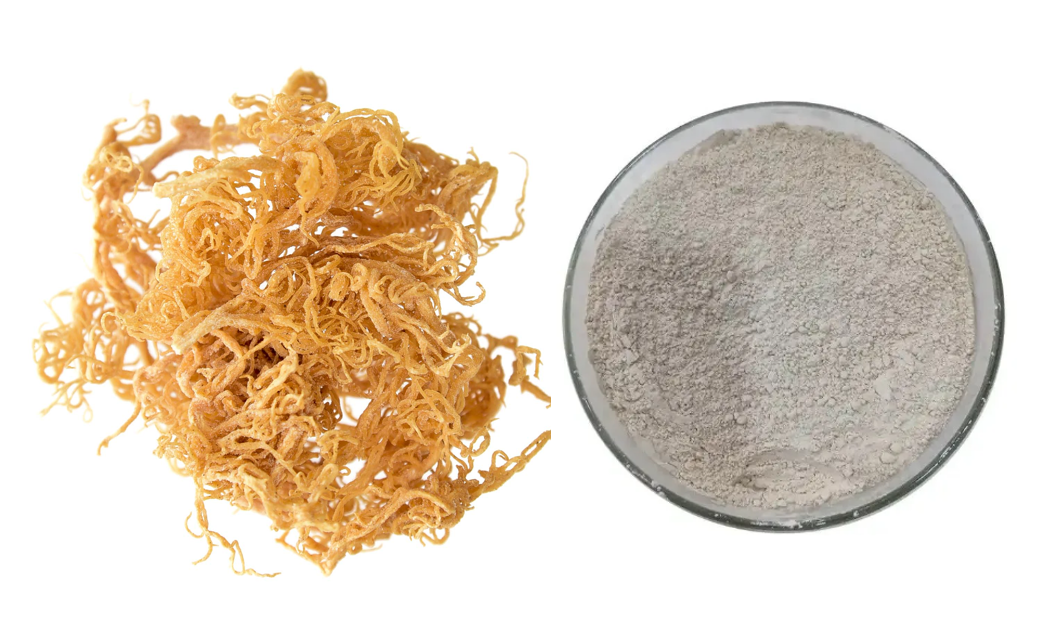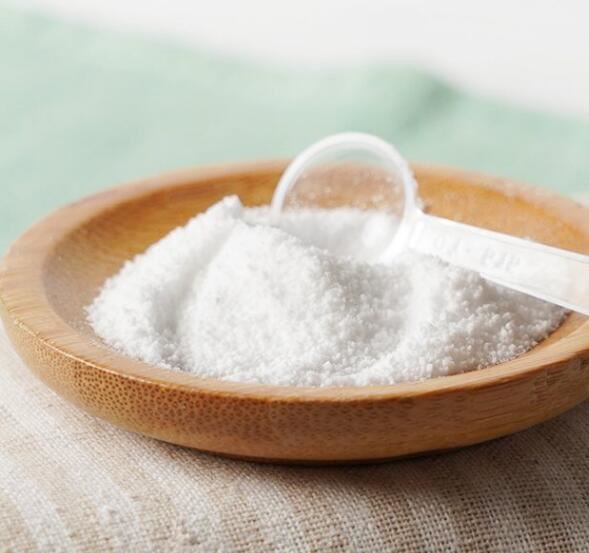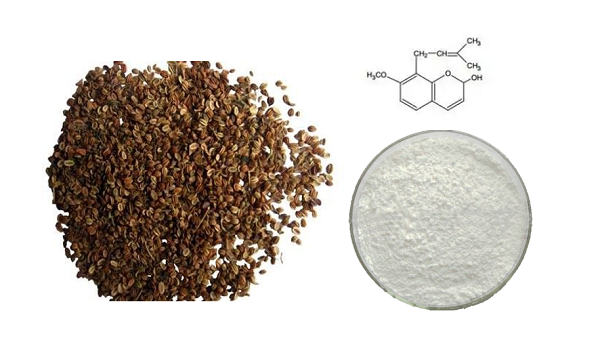Follow Us:
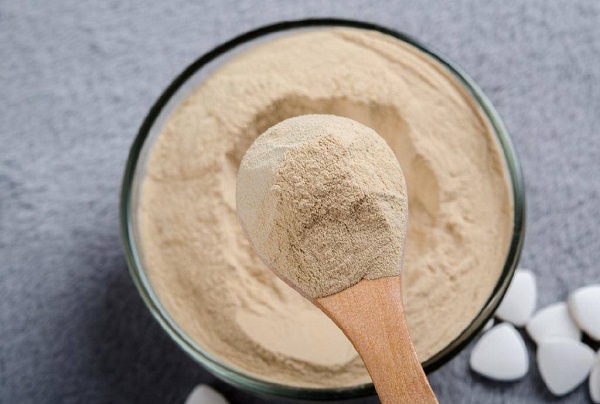
Wholesale Yeast Hydrolysate Price: For Animal Feed
Yeast hydrolysate a nutritious feed ingredient used in animal nutrition to increase growth performance, immune system function, and the efficiency of feed use. The growing demand for natural and functional feed additives including yeast hydrolysate has made the price of yeast hydrolysate a concern for feed producers and livestock farmers.
What is Yeast Hydrolysate
Yeast hydrolysate is a high-protein by-product produced from the enzymatic hydrolysis of yeast cell wall. This process liberates bioactive peptides, nucleotides, beta-glucans, and mannan-oligosaccharides (MOS) that are crucial to improving both animal health and performance.
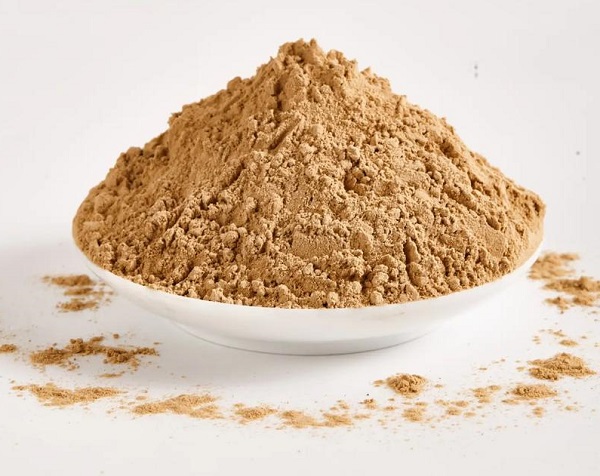
Manufacturing Process
The production of GREEN AGRI yeast hydrolysate involves enzymatic hydrolysis, where enzymes break down yeast proteins into smaller peptides and amino acids. This process enhances the digestibility and bioavailability of nutrients. Spent brewer’s yeast autolysate can be subjected to selective filtration and enzymatic hydrolysis to obtain various peptide extracts.
1. Source: Brewers Yeast
- Brewer yeast (Saccharomyces cerevisiae) is a by-product of the brewing industry, remaining after the fermentation process where sugars are converted to alcohol. This yeast is separated from the mixture post-fermentation and is valued for its high protein content and abundance of B-Vitamins.
2. Main Ingredients
- Proteins and Peptides: Provides essential amino acids necessary for growth and development.
- B-Vitamins: Includes riboflavin, niacin, pantothenic acid, and choline, which support metabolic functions.
- Beta-Glucans and Mannan Oligosaccharides (MOS): These components support immune function and gut health.
These properties have made yeast hydrolysate an important feed additive in poultry, aquaculture, swine and ruminant diets.
3. Yeast Hydrolysate Extract Brewer Yeast Supplier COA
| Parameter | Specification |
| Source | Brewer Yeast (Saccharomyces cerevisiae) |
| Appearance | Light brown to yellowish powder |
| Odor | Characteristic yeast-like aroma |
| Moisture Content | ≤ 8% |
| Crude Protein | ≥ 40% (dry basis) |
| Peptides & Free Amino Acids | High concentration for improved digestibility |
| Beta-Glucans | ≥ 15% |
| Mannan Oligosaccharides (MOS) | ≥ 10% |
| Total Nitrogen | ≥ 6% |
| pH (5% Solution) | 4.5 – 7.5 |
| Solubility | Soluble in water |
| Ash Content | ≤ 10% |
| B-Vitamins | Naturally occurring, including B1, B2, B6, B12, Niacin |
| Heavy Metals | Pb ≤ 5 ppm, As ≤ 2 ppm, Hg ≤ 0.1 ppm, Cd ≤ 1 ppm |
| Microbial Contamination | Total Plate Count ≤ 10⁵ CFU/g, Yeast & Mold ≤ 100 CFU/g |
| Shelf Life | 12-24 months (depending on storage conditions) |
| Storage Conditions | Cool, dry place; protect from direct sunlight and moisture |
| Packaging | 25 kg bags or customized packaging |
GREEN AGRI supplies premium quality water-soluble raw, wholesale yeast hydrolysate price is a highly effective and natural protein that provides excellent efficacy to various industries such as livestock feed additive and animal nutritional supplements. This premium ingredient is ideal for businesses looking to create high-performance products that support energy, metabolism and overall health.
How Yeast Hydrolysate Enhances Feed Palatability
Yeast hydrolysate improves the taste, aroma, and texture of animal feed, making it more appealing to livestock. Here’s how:
1. Natural Umami and Savory Flavor
- Yeast hydrolysate is rich in free amino acids, peptides, and nucleotides, which contribute to a savory, umami taste that enhances feed palatability.
- This makes feed more attractive, especially for young animals with developing taste preferences.
2. Release of Flavor-Enhancing Compounds
- During the enzymatic hydrolysis process, proteins break down into small peptides and amino acids, releasing a naturally pleasant yeast aroma.
- These compounds stimulate the animal’s taste receptors, encouraging higher feed intake.
3. Masking Unpleasant Flavors
- Certain feed ingredients, such as vitamins, minerals, and alternative protein sources (e.g., soybean meal, fish meal), can have bitter or off-putting tastes.
- Yeast hydrolysate helps neutralize bitterness and improve the overall feed flavor profile.
4. Improved Texture and Moisture Retention
- In liquid or paste formulations, yeast hydrolysate improves feed moisture content, preventing dry, dusty textures that animals may avoid.
- It helps in binding feed pellets, reducing feed separation and ensuring a consistent taste.
5. Attracting Picky Eaters and Young Animals
- Piglets, calves, and fish often struggle with feed transitions. Adding yeast hydrolysate can stimulate appetite, reducing feed refusal and promoting steady growth.
- Studies show that yeast-derived palatants improve voluntary feed intake in swine, poultry, and aquaculture species.
6. Synergy with Other Feed Additives
- You can combine yeast hydrolysate with sweeteners, organic acids, and natural flavors to enhance aroma and taste.
- Works well with prebiotics and probiotics to improve gut health while also increasing feed appeal.
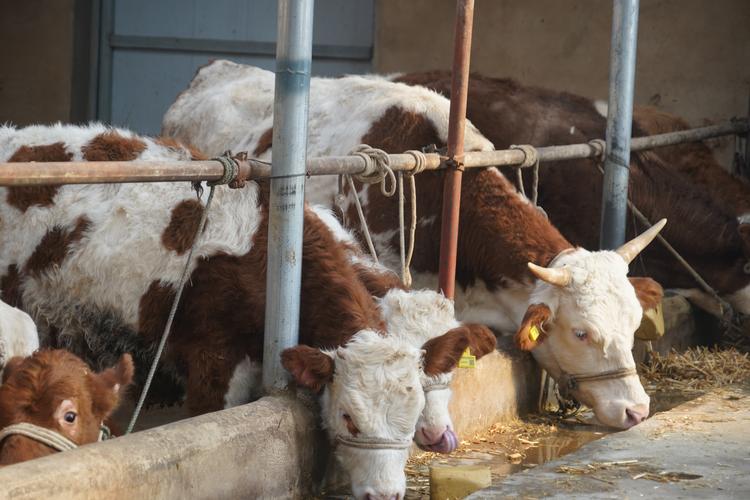
Yeast Hydrolysate Feed Price Trend and Forecast
The global yeast extracts for animal feed market was valued at approximately USD 352.17 billion in 2023 and is projected to reach USD 582.77 billion by 2030, growing at a compound annual growth rate (CAGR) of 8.12% during the forecast period from 2024 to 2031.
Another report indicates that the market size was valued at USD 319.46 billion in 2022 and is expected to grow to USD 592.77 billion by 2031, with a CAGR of 7.11% during the same period.
Additionally, the yeast market for animal feed applications is anticipated to surpass USD 2.5 billion by 2027, registering a CAGR of over 7% between 2021 and 2027.
Several Factors Contribute to The Price Trends of Yeast Hydrolysate in Animal Feed
1. Rising Demand for Sustainable Animal Nutrition: As sustainability becomes a major concern in animal farming, people favor yeast extracts for their natural properties, which improve gut health and reduce the need for synthetic additives and antibiotics.
2. Increased Focus on Animal Health and Productivity: Yeast extracts provide positive effects on animal digestion, immunity, and overall health, leading to better weight gain and feed efficiency. These benefits drive adoption in animal feed formulations.
3. High Production Costs: The production of yeast extracts involves specialized processes that can be costly, which may limit the market’s growth, particularly in price-sensitive regions.
4. Availability of Substitutes: Alternative feed additives, such as probiotics and enzymes, may offer similar benefits at competitive prices, which could hinder the growth of the yeast extract market.
Contact Us For Wholesale Orders
Immediately to obtain the MOQ, shipping, and package. For yeast hydrolysate extract price, Please contact us at email: info@greenagribio.com
Also See
- How Yeast Hydrolysate Enhances Feed Palatability: Bulk Ingredients Supplier
- Does Probiotics and Prebiotics Benefit for Animal Nutrition
- Why Add Vitamin E Powder in Animal Nutrition
- Wholesale Alfalfa Powder For Animal Feed, Livestock Supplement
- Macleaya Cordata Extract in Poultry and Livestock: Performance Enhancers
- How High-Quality Feed-Grade Sodium Bicarbonate Improves Livestock Nutrition
- Is Berberine Hydrochloride Feed Grade 70% Safe
- Is MSM Safe for Animals? Ingredient Guide













